Why were some churches built in stone and others in wood?
Even though they could afford to build in stone, some still opted for wood.
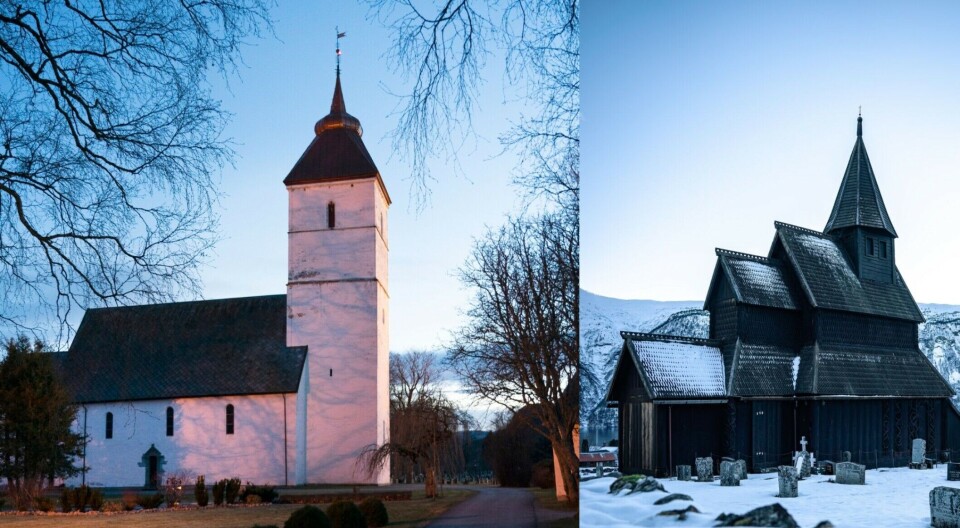
When a farmer saw the pile of stones that would become Sør-Fron Church, he reportedly wondered if the church was not supposed to be hollow.
That was how large the pile needed to be to build that church in the 1700s.
Back in the Middle Ages in Norway, somewhere between 1,000 and 3,000 stave churches were built, while stone churches were much less common. There were only about 300 of them.

Why was that – and what was the reason some villages got a stone church instead of a wooden one?
Stone was not an obvious choice
“Church buildings are the first communal buildings we have in Norway,” says Morten Stige.
He is an art historian and civil economist. Today he works at Fabrica Kultureminnetjenester (cultural heritage services). He wrote about the farmer in Sør-Fron in a book about Værnes Church. He has also contributed to a book about Rødven Stave Church.
The church was, of course, a place to worship God, but it was also where the whole community gathered. Given this role, it is not surprising that so many churches were built.
Why some of them were built in stone, however, is not as obvious.
It takes a lot longer to build a stone church
Constructing a stone church was a massive undertaking.
Stige has concluded that building a stone church took about eight times as many working hours as constructing a stave church.
In most cases, the choice of wood over stone was likely an economic decision, he says.
“Nevertheless, there were enough resources to build in stone in many places where wood ended up being chosen. Everything indicates that people had relatively free choice. Some chose wood, others chose stone,” he saiys.
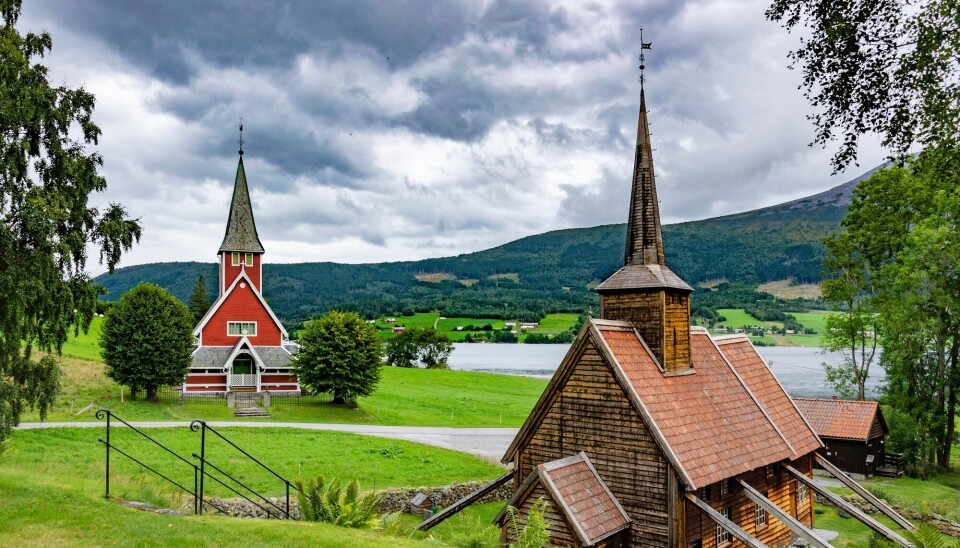
Most stone churches were built along the coast, explains Stige. A relatively high number were also built in Telemark and along the major waterways such as Mjøsa, Norway's largest lake. The coastline and river systems served as transportation routes, facilitating trade.
According to Stige, researchers continue to debate whether stone churches held a higher status than wooden churches.
Could afford stone – chose wood instead
Urnes Stave Church is famous worldwide – partly because of its intricately carved north portal.
This stave church was built on a very important farm.
“The estate belonged to one of the wealthiest families we know of in Western Norway. They could have afforded to build in stone, but instead, they built several wooden churches in succession on the same site,” art historian Kjartan Hauglid told sciencenorway.no in 2024.
Hauglid also pointed out that there is a symbolism in both the use of wood and the reuse of the portal from an older church.
Stige agrees.
“At Urnes, where they undoubtedly had the means to build in stone, cultural factors must have influenced their decision. Elsewhere, some communities likely considered a stone church but preferred to allocate their resources elsewhere,” says Stige.
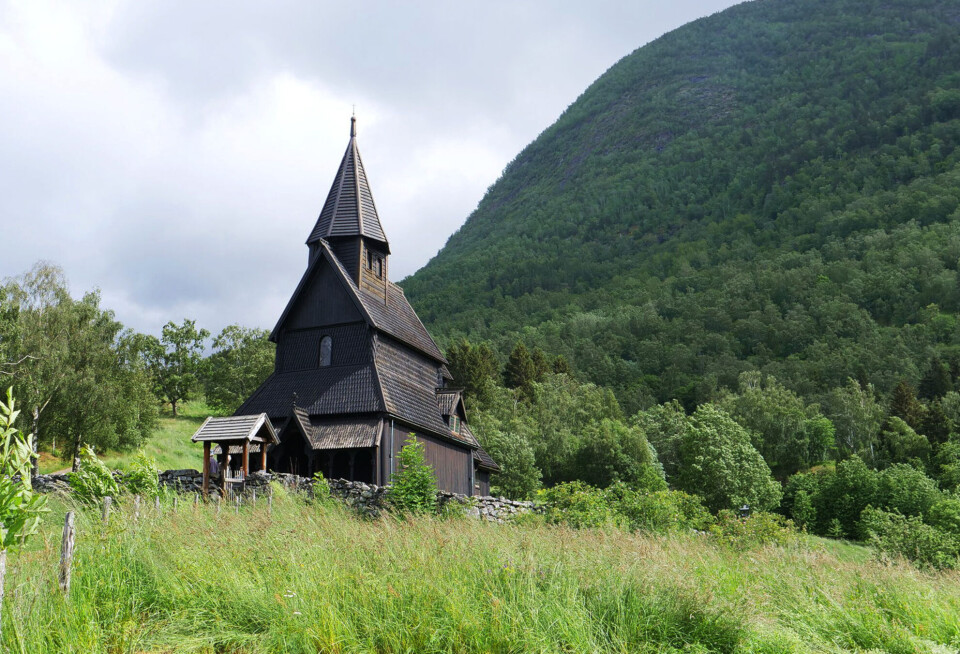
More stone churches than stave churches
During the Middle Ages, stave churches far outnumbered stone churches in Norway. Today, the opposite is true. Of the estimated thousand stave churches once built, only 28 remain, while nearly half of the 300 medieval stone churches still stand.
“Stone is a durable material. Even if a stone church burns, it can be rebuilt,” explains Stige.
Stone churches were generally larger than stave churches. As congregations grew and seating became essential, stave churches became impractical, while stone churches adapted more easily.
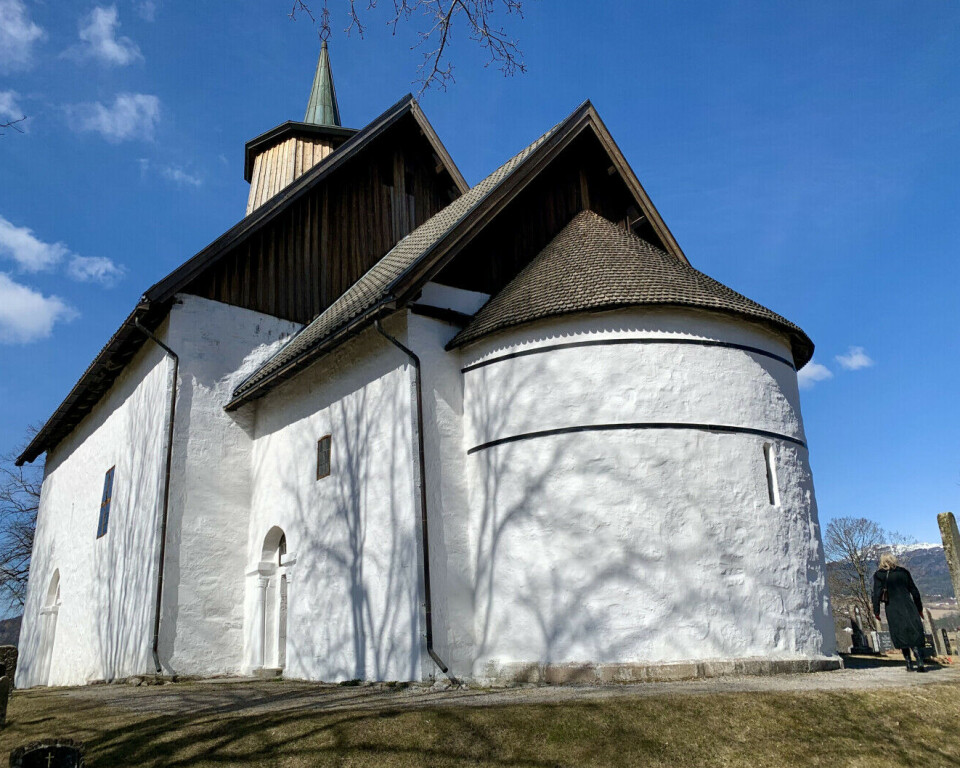
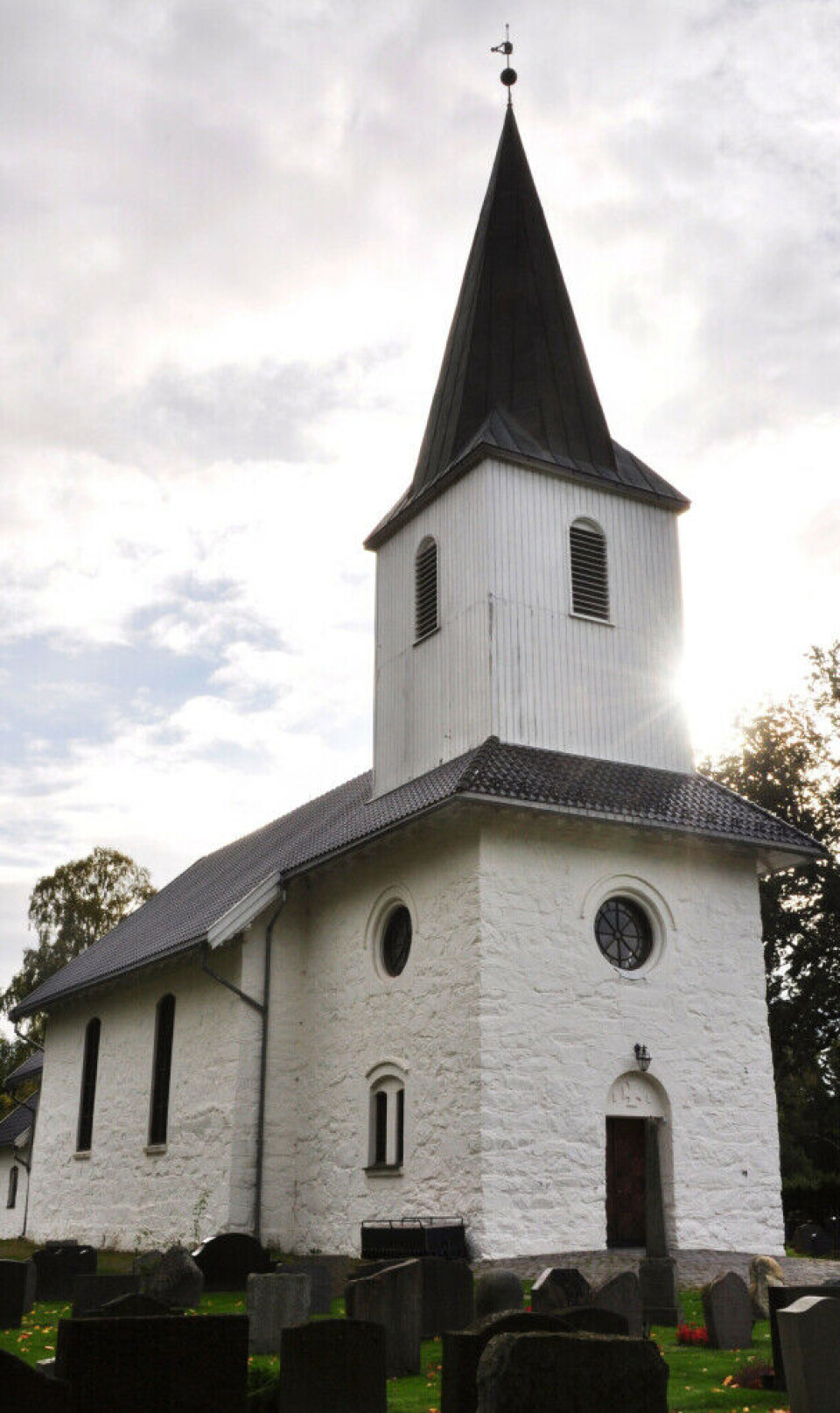
Apart from the churches, stone buildings were rare in rural Norway before the 20th century, says Stige.
“They must have been considered treasures. While many stave churches were torn down, people were much more reluctant to demolish stone churches,” he says.
Played a role in society that is hard to imagine today
Stone construction was rare in Norwegian architecture. So where did the tradition originate?
It was introduced with Christianity, says Stige.
“The practice came with the church. The king was the primary supporter of Christianisation, bringing the first priests and masons from abroad,” he says.
“With so many churches for a relatively small population, wouldn’t this have been incredibly expensive?”
“The church was the most important cultural structure and meeting place in society. People invested heavily in churches, but they also gained a great deal from them,” says Stige.
“Churches played a natural role in daily life that may be difficult for us to imagine now. Whether you were a builder, a priest, or a member of the congregation, having a church to be proud of was significant,” he says.
References:
Stige, Morten and Petterson, Kjell Erik. (Eds.). (2016). Værnes kirke - en kulturskatt i stein og tre. (Værnes church - a cultural treasure in stone and wood.) Stjørdal historielag.
Borgen, Linn Willetts., Dahle, Kristoffer and Langnes, Mads. (Eds.). (2024). Rødven stave church. Romsdal Museum, the Norwegian Historical Society and the Institute for Comparative Research in Human Culture.
———
Translated by Nancy Bazilchuk
Read the Norwegian version of this article on forskning.no
Most viewed

Subscribe to our newsletter
The latest news from Science Norway, sent twice a week and completely free.




































